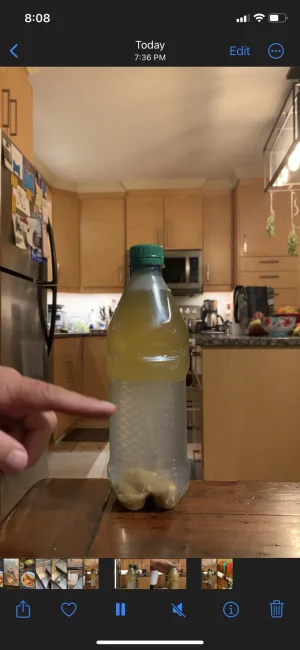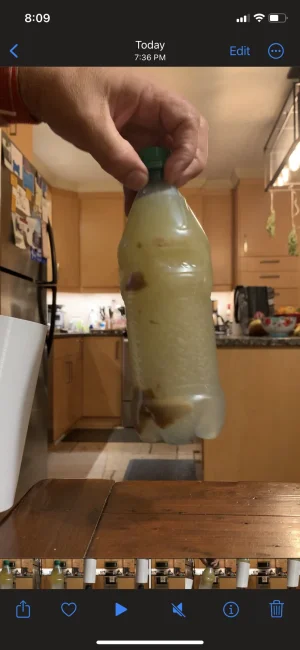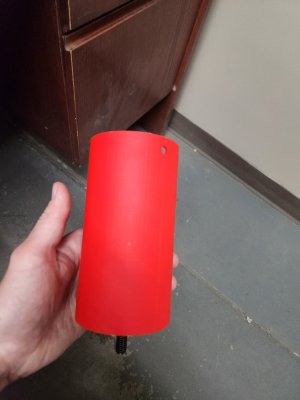I'm making some of these paint can spinners. What do you think I should sell them for?
As discussed elsewhere on the forum - you spin the can with the drill and it mixes the paint. Does it work? Yes. It is quicker and fun as opposed to shaking by hand for 60 or 120s. There are a number of youtubes with people testing these devices. A similar one is tested by Adam Savage on his channel. That one is no longer available on Amazon so I thought I would make some and sell them through my online store which accepts credit cards.
They have a 3/8" bolt for high strength and are made of plastic. Other versions for sale typically use 1/4" bolt for the axle - I've found the 1/4" easily bends ands breaks the material at the attachment point. Adam breaks his if you watch his testing video so I'm using 3/8" for strength. I'm not sure what shipping will cost yet. Whatever Canada Post charges. The drill is not included.

As discussed elsewhere on the forum - you spin the can with the drill and it mixes the paint. Does it work? Yes. It is quicker and fun as opposed to shaking by hand for 60 or 120s. There are a number of youtubes with people testing these devices. A similar one is tested by Adam Savage on his channel. That one is no longer available on Amazon so I thought I would make some and sell them through my online store which accepts credit cards.
They have a 3/8" bolt for high strength and are made of plastic. Other versions for sale typically use 1/4" bolt for the axle - I've found the 1/4" easily bends ands breaks the material at the attachment point. Adam breaks his if you watch his testing video so I'm using 3/8" for strength. I'm not sure what shipping will cost yet. Whatever Canada Post charges. The drill is not included.
Last edited:





